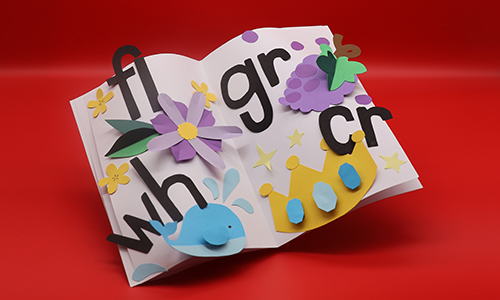Get pragmatic, helpful classroom tips from former educators that can help you save time and help more students reach their potential.

Website
Reading differentiation made easy
MAP® Reading Fluency™ now includes Coach, a virtual tutor designed to help students strengthen reading skills in as little as 30 minutes a week.

Guide
4 simple ways to apply the science of reading
“Science of reading” has become a ubiquitous phrase in education, but it’s more than just a buzzword. Learn how to confidently use it in your classroom.

Ebook
Everything you need to know about the science of reading
The science of reading is the converging evidence of what matters and what works in literacy instruction. Learn evidence-based best practices to support decoding, phonics, language comprehension, and fluency.